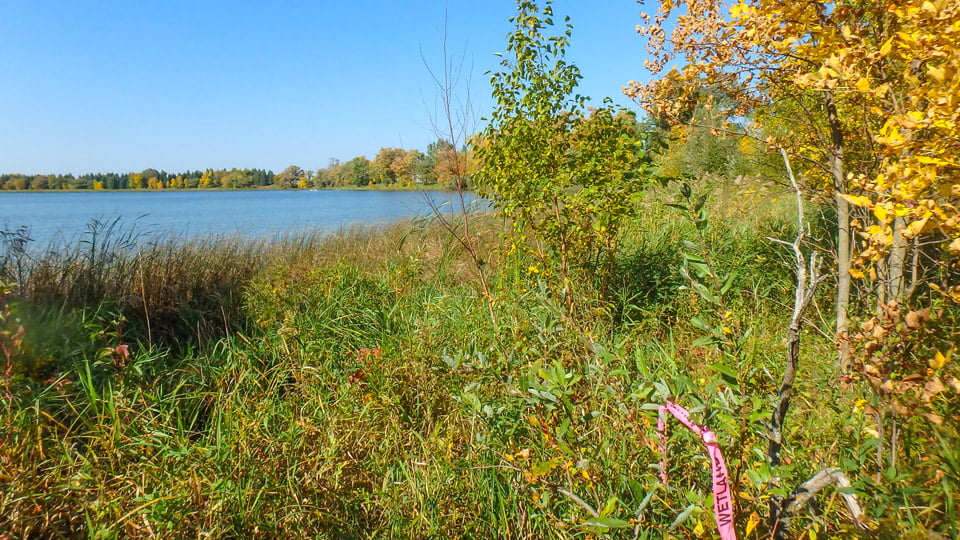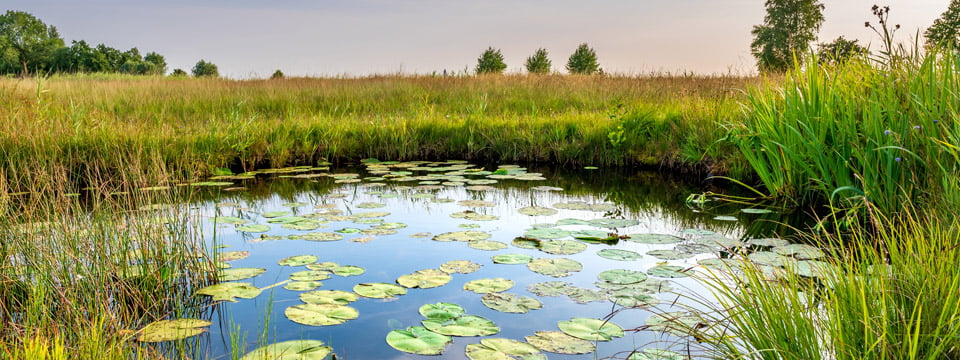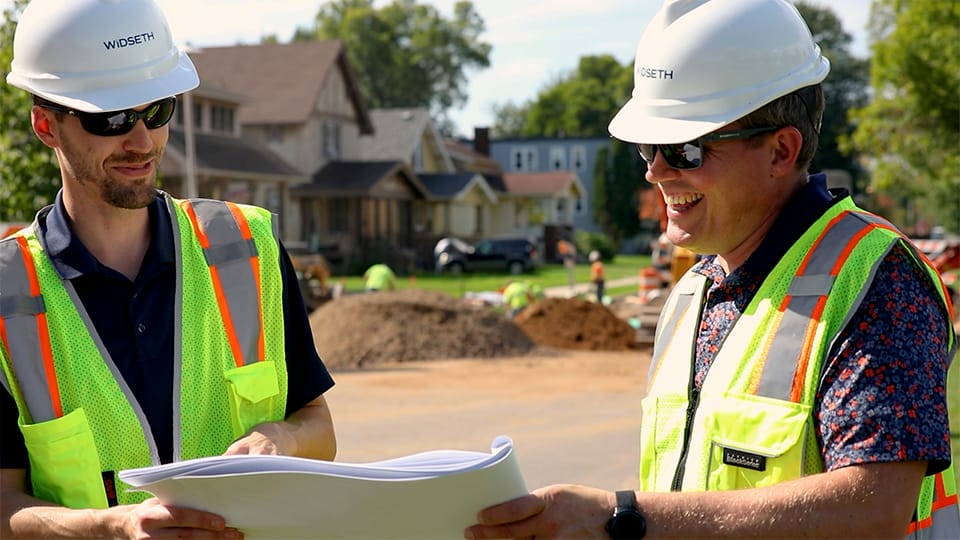Today is World Wetlands Day. Wetlands are crucial ecosystems that provide environmental, economic, and social benefits. However, they are also vulnerable to human activities and face threats from urbanization, agriculture, and climate change. To safeguard these valuable areas, wetland delineations have become essential tools for environmental conservation and sustainable development. Learn why wetland delineations are necessary, who needs them, and the significant role they play in preserving our environment.
Understanding Wetland Delineations:
Wetland delineations involve the identification and mapping of wetland boundaries to define the extent and characteristics of their ecosystems. Delineation is essential for proper land-use planning, resource management, and environmental protection. Wetlands are diverse and can include bogs, marshes, seasonally flooded basins, wet meadows, and wooded swamps. Each type requires specific attention to ensure accurate delineation. At Widseth, our environmental services team includes certified wetland delineators. We excel at finding the boundaries of wetlands and determining the specific type.
Environmental Conservation:
Wetlands play a crucial role in maintaining biodiversity and supporting various plant and animal species. They serve as habitats for numerous migratory birds, amphibians, fish, and other wildlife. Wetland delineations help establish protected areas, ensuring that they remain undisturbed and continue to support the life that depends on them.
Water Quality and Flood Prevention:
Wetlands act as natural filters, improving water quality by trapping pollutants and sediments before they reach larger bodies of water. Delineating wetlands aids in identifying areas critical for maintaining water quality, allowing for targeted conservation efforts. Additionally, wetlands serve as natural buffers against floods, absorbing excess water during heavy rainfall and reducing the risk of downstream flooding. Proper wetland delineations contribute to effective floodplain management strategies.

Wetland delineation by Widseth in northwestern Minnesota.
Sustainable Land Use Planning:
Wetland delineations are crucial for land-use planning and development projects. By identifying wetland boundaries, planners can make informed decisions about where construction can occur without harming delicate ecosystems.
Regulatory Compliance:
Wetland delineations are often required for regulatory compliance, particularly in the context of environmental impact assessments and permitting processes. Governments and environmental agencies use delineation data to enforce laws that protect wetlands from unauthorized development or activities that may harm their ecosystems. Adhering to wetland regulations helps prevent habitat loss, degradation, and the associated negative impacts on biodiversity.
From environmental conservation and water quality improvement to sustainable land-use planning and regulatory compliance, the benefits of wetland delineations are far-reaching. Contact Widseth if you need a wetland delineation.




